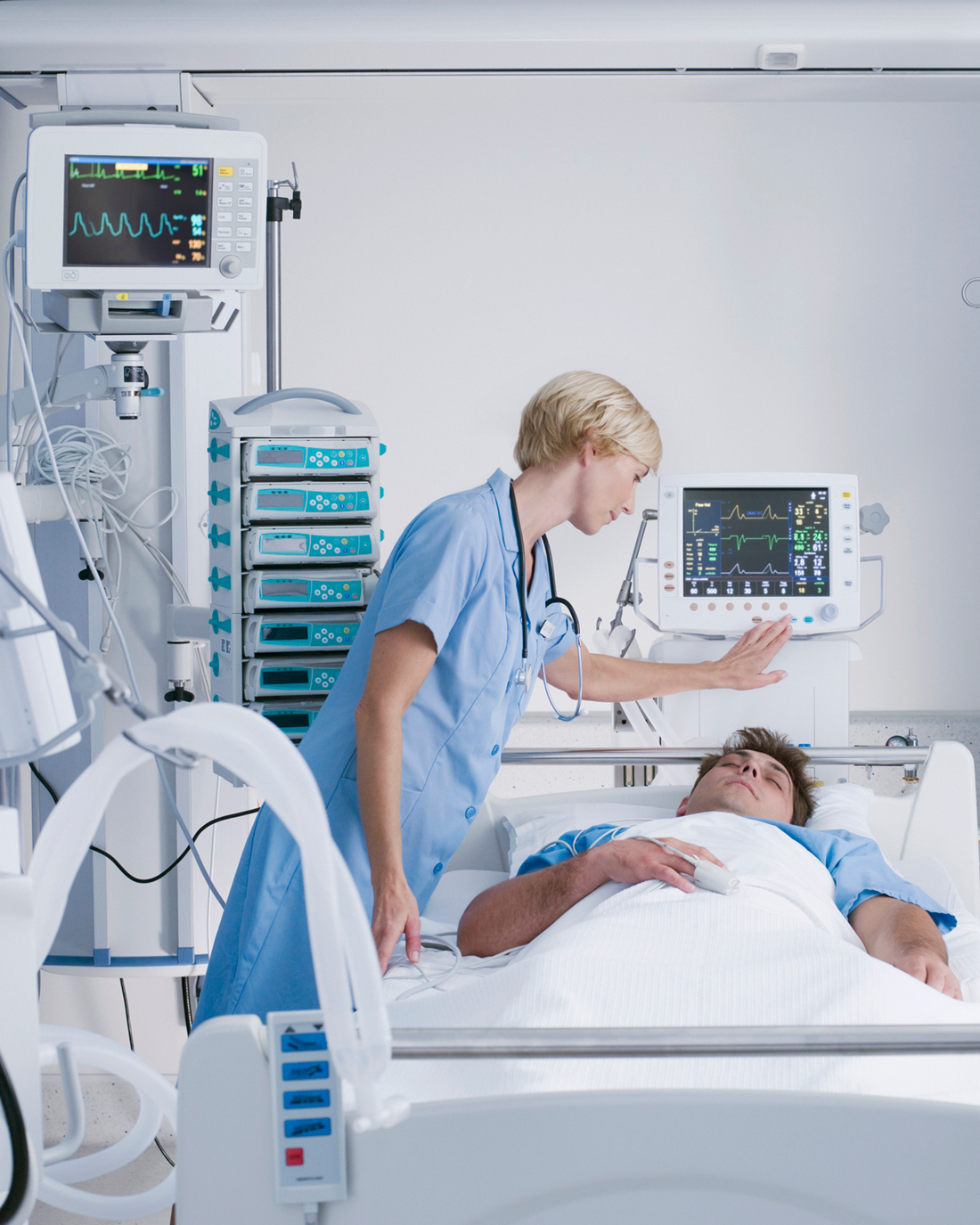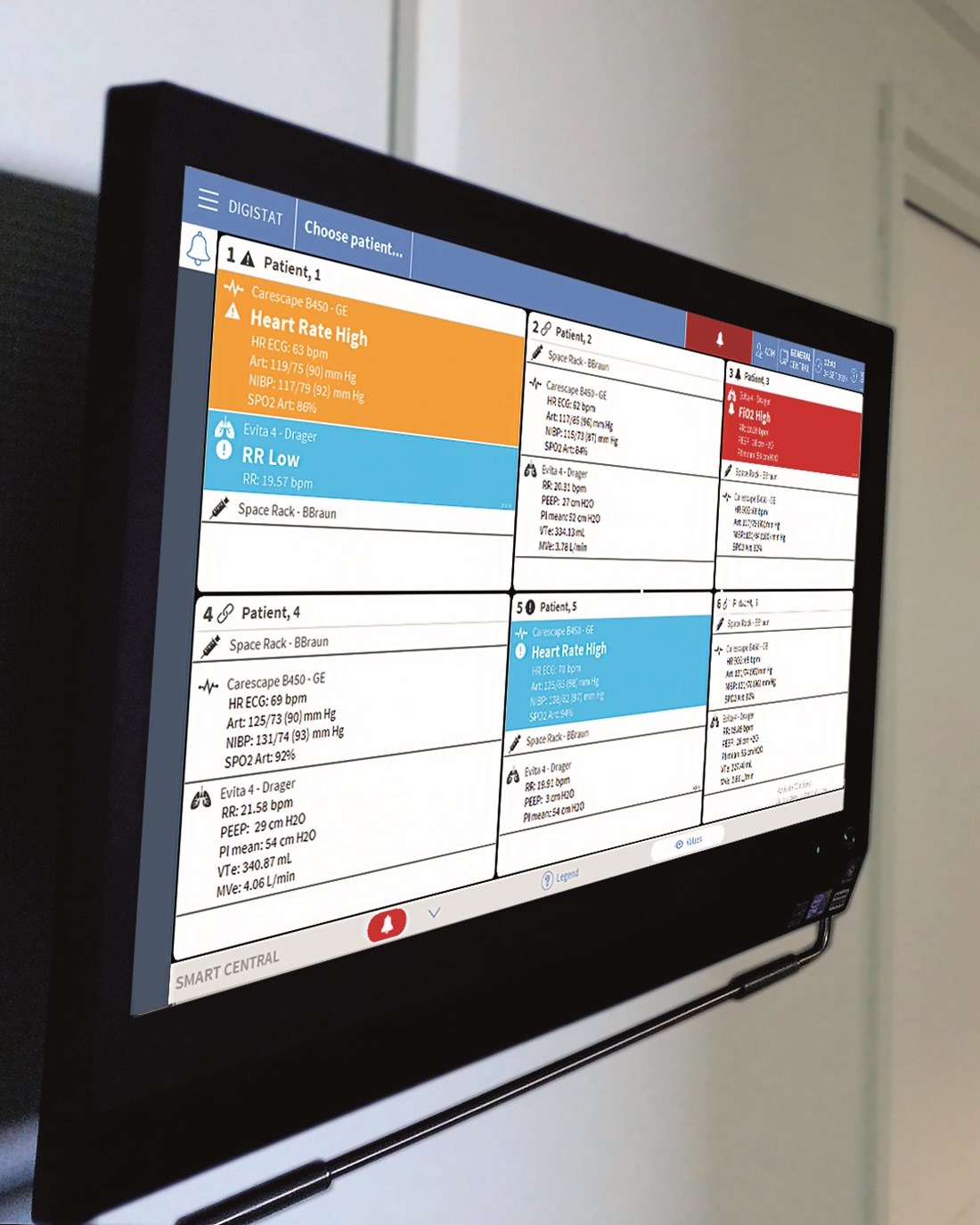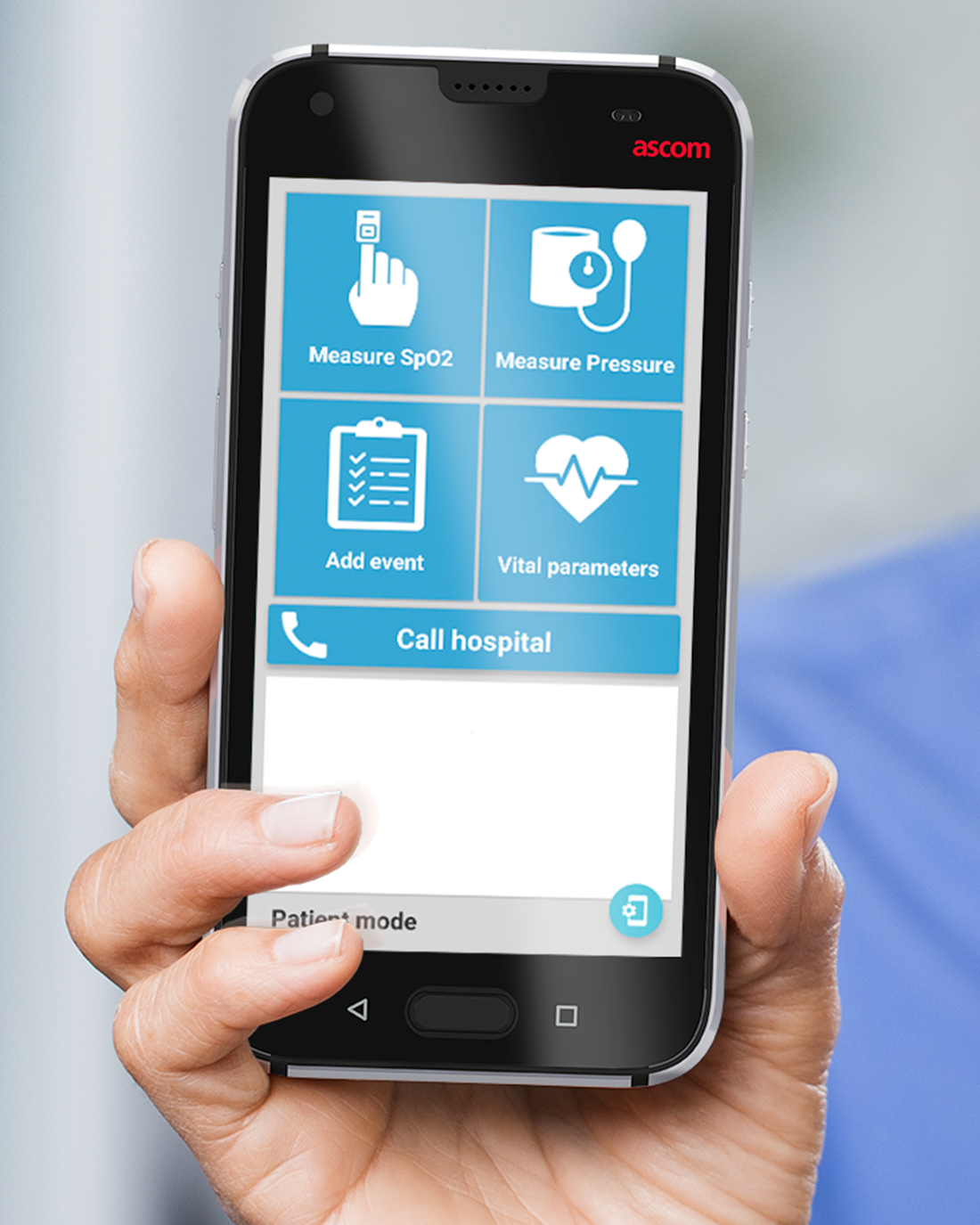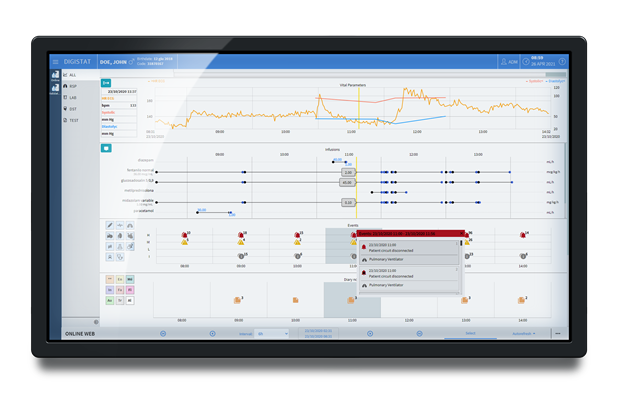Country selector

Corporate
Country Selector: Corporate
Ascom Digistat is a comprehensive suite of clinical workflow software. Its modular design—and close cooperation with our in-house team of clinical consultants —lets us customize solutions to match your needs and digitalization strategies. Whether they are for monitoring wearables, clinical decision support, medical device integration, alarm management, mobile devices and smartphones, or critical care and perioperative workflow management.







Manage any type of clinical pathway from surgery and ICU to general wards and even out-of-hospital care with fully customizable documentation.
A modular suite to support medical device integration, alarm management, mobile workflows, wearables monitoring and complex care pathways such as surgery and ICU.
Deployed by leading hospitals and healthcare systems worldwide. Chosen by UK’s NHS for the national critical care record for all ICUs in Wales.
Vendor-neutral native integrations enable interoperability with clinical systems including ADT, EMR, Pharmacy, Microbiology, PACS, medical devices, etc.
Multi-node system architecture helps ensure maximum system availability. Should one node fail, its load is automatically transferred to others.
GDPR-compliant. Default TLS 1.2 encryption. Continuous security scans. Class IIb medical device classification under MDR.

Unifying situational awareness, communication and timely actions to help improve patient outcomes: learn more in our whitepaper “The high-reliability ICU”. Despite the rapid advances in the digitization of healthcare in the last few years, we are only at the beginning of the evolution towards a digitized, high-reliability ICU. Learn what answers digital technologies offer to some of the key issues in intensive care units.
The introduction of this innovative technology will enhance the care patients receive and allow doctors and nurses to spend as much time as possible caring for patients.